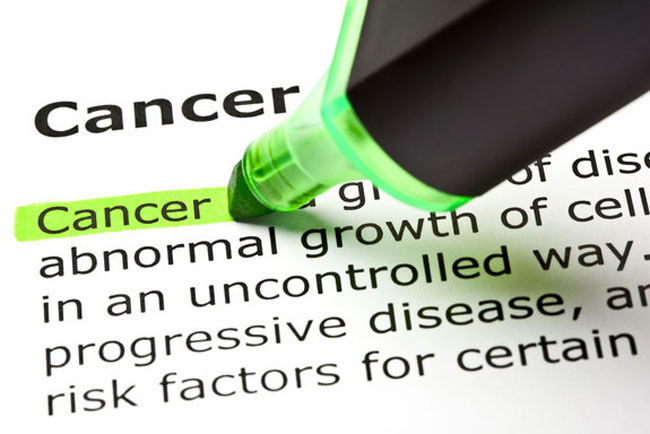Exercise May Reduce the Risk of These 13 Cancers

Here's another reason to get active: Exercise may reduce the risk of 13 types of cancer, a new study finds.
Researchers analyzed information from 1.4 million people in the United States and Europe; the subjects were in 12 different study groups and were followed for about 11 years. Participants were asked whether they did moderate or vigorous exercise in their free time, like walking, swimming or running, and how much physical activity they got.
During the study period, more than 186,000 cases of cancer were diagnosed in the study participants.
People were classified as doing higher levels of exercise if they were in the top 10 percent of all people in their study groups for the amount of exercise they did. These individuals had a reduced risk of 13 types of cancer compared to the people who were in the lowest 10 percent of their study groups.
These were the 13 cancers, with their associated amounts of risk reduction:
- Esophageal cancer, a 42 percent lower risk
- Liver cancer, a 27 percent lower risk
- Lung cancer, a 26 percent lower risk
- Kidney cancer, a 23 percent lower risk
- Stomach cancer of the cardia (top portion of the stomach), a 22 percent lower risk
- Endometrial cancer, a 21 percent lower risk
- Myeloid leukemia, a 20 percent lower risk
- Myeloma, a 17 percent lower risk
- Colon cancer, a 16 percent lower risk
- Head and neck cancer, a 15 percent lower risk
- Rectal cancer, a 13 percent lower risk
- Bladder cancer, a 13 percent lower risk
- Breast cancer, a 10 percent lower risk
Overall, high levels of physical activity were linked with a 7 percent lower risk of any cancer, according to the study.
"These findings support promoting physical activity as a key component of population-wide cancer-prevention and -control efforts," the researchers wrote in the May 16 issue of the journal JAMA Internal Medicine.
Get the world’s most fascinating discoveries delivered straight to your inbox.
For most of the cancers (10 out of 13), exercise reduced the risk of the disease regardless of people's body mass index or smoking habits. [4 Easy Ways to Get More Exercise]
Interestingly, high levels of physical activity were actually linked with a slightly higher risk of prostate cancer (5 percent increased risk). A biological reason for this finding is not known, and it's possible that physically active men are more likely to get screened for prostate cancer, which would lead to more cancers identified in this group, the researchers said.
But high levels of exercise were also linked with a 27 percent higher risk of malignant melanoma, which is likely the result of more sun exposure, the researchers said. Efforts to prevent cancer that focus on exercise should also emphasize how people can protect themselves from sun exposure when they exercise outdoors, the researchers said.
The new findings "underscore the importance of leisure-time physical activity as a potential risk-reduction strategy to decrease the cancer burden in the United States and abroad," Marilie Gammon, of the University of North Carolina at Chapel Hill, and colleagues wrote in a commentary accompanying the study.
However, the new study did not look at exactly how much exercise is needed, how intense the exercise should be or when in life people should start exercising to get these benefits, so those questions should be the focus of future research, the commentary said.
More research is also needed to determine exactly how exercise lowers the risk of cancer, the commentary said. Understanding the underlying mechanisms for the link could help identify potential targets for cancer prevention, the authors said.
48243-why-ebola-scar Follow Rachael Rettner @RachaelRettner. Follow Live Science @livescience, Facebook & Google+. Original article on Live Science.

Rachael is a Live Science contributor, and was a former channel editor and senior writer for Live Science between 2010 and 2022. She has a master's degree in journalism from New York University's Science, Health and Environmental Reporting Program. She also holds a B.S. in molecular biology and an M.S. in biology from the University of California, San Diego. Her work has appeared in Scienceline, The Washington Post and Scientific American.


